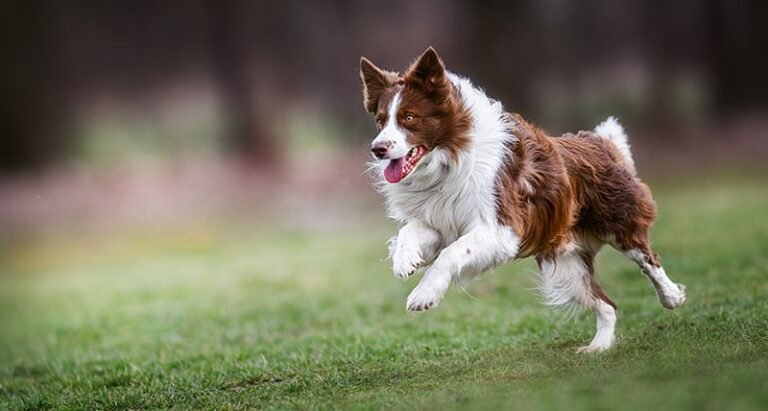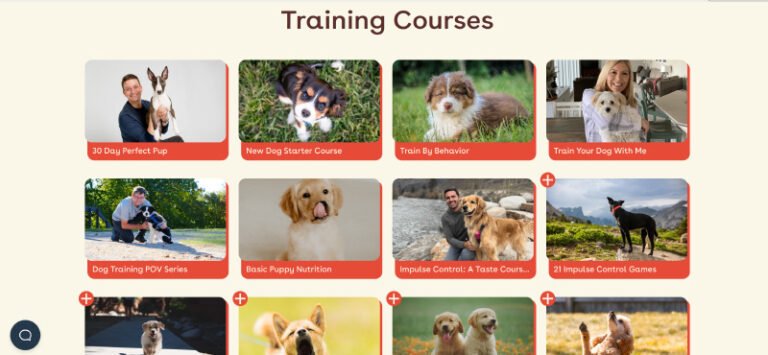What would you do if you noticed your dog acting differently, perhaps becoming anxious or more reactive than usual? Understanding your dog’s behavior can be crucial in addressing potential issues, particularly when it comes to the phenomenon known as trigger stacking.
Definition of Trigger Stacking
Trigger stacking refers to the accumulation of multiple stress-inducing events that can overwhelm your dog’s ability to cope. Imagine your dog has had a busy day filled with various stressors; they may reach a breaking point where even a minor trigger results in increased reactivity or agitation. Understanding this concept is important, as it helps you identify and manage your dog’s stress better.
Why Trigger Stacking Matters
Recognizing trigger stacking not only helps you support your dog effectively but also prevents potential behavioral problems from escalating. When you are aware of how different stressors accumulate, you can take proactive steps to create a more balanced and secure environment for your furry friend.
Common Triggers
Many situations or experiences can act as triggers for your dog, contributing to the stress they might feel. Here are a few common ones you should be aware of:
| Trigger | Description |
|---|---|
| Loud Noises | Sounds such as thunder, fireworks, or vacuum cleaners can startle dogs. |
| Other Dogs | Encounters with unfamiliar dogs can create anxiety or aggressive behavior. |
| Crowded Places | Busy environments (like dog parks) may overwhelm and stress your dog. |
| Certain Vehicles or Animals | Some dogs may have a fear of specific vehicles or animals due to past experiences. |
Each dog is unique, and triggers can vary significantly. Your awareness of these potential stressors will empower you to better manage your dog’s environment.
Identifying Triggers
It can be helpful to keep a journal about your dog’s reactions in different situations. Take notes on environmental conditions, other animals, and people present, as well as your dog’s responses. This can help you pinpoint specific triggers unique to your dog.
Signs of Trigger Stacking
When your dog experiences trigger stacking, it may display several signs, indicating they are overwhelmed. Being attuned to these signals can allow you to intervene before the situation escalates.
| Sign | Description |
|---|---|
| Hypervigilance | Your dog may seem overly alert, watching every movement or sound. |
| Inability to Respond to Cues | Commands that usually work may not get any response due to stress. |
| Physical Signs of Stress | Look for signs like panting, shaking, or whining as responses to stress. |
| Self-Soothing Behaviors | Actions like sniffing or lip-licking can indicate anxiety. |
By being familiar with these signs, you can take preventive measures to alleviate your dog’s stress before it builds up too much.
Monitoring Behavior
Paying attention to your dog’s usual behavior can help you spot when something is off. If you suddenly notice changes in their demeanor or habits, it might be time to consider whether trigger stacking is influencing their behavior.
Causes of Increased Trigger Stacking
Many factors can contribute to increased trigger stacking, particularly in the context of changes in living conditions. This became particularly noticeable in the post-pandemic world, where many dogs found themselves grappling with new experiences and social dynamics.
Environmental Changes
The sudden shift in day-to-day life—such as a return to work, increased social activities, or new living situations—can introduce new stressors for your dog. Readjusting to these changes can lead to heightened anxiety and reactivity.
Socialization Gaps
If your dog was not exposed to various environments or experiences during crucial developmental periods, they could become more sensitive to new stimuli. Understanding this context is essential for creating a compassionate and supportive approach to training and management.
Management Strategies
Managing trigger stacking in dogs involves a multi-faceted approach. Here are several strategies to consider:
Awareness of Triggers
Becoming aware of your dog’s specific triggers is foundational. By keeping track of situations that stress your dog, you can work to minimize exposure to those triggers and help them build resilience.
Avoid Simultaneous Stressors
Whenever possible, try to avoid exposing your dog to multiple stressors at once. For example, if you know your dog reacts to loud noises, aim to walk them during quieter times. If new dogs are present, consider avoiding mixed dog groups until you feel confident about your dog’s comfort level.
Self-Soothing Techniques
Teach your dog self-soothing techniques that they can use during stressful moments. Encourage behaviors such as sniffing or chewing on appropriate items, which can help redirect their focus and manage anxiety.
Calming Environments at Home
Creating a calming environment at home is vital. Designate a quiet space where your dog can retreat if they feel overwhelmed. This can include a cozy bed or crate in a low-traffic area of your home, along with items that promote relaxation.
Tools for Calming
A few tools can be especially handy when you’re looking to manage your dog’s stress levels more effectively.
| Tool | Purpose |
|---|---|
| Treat-Filled Toys | Engaging your dog physically and mentally can distract and calm them. |
| Scattered Treats | Giving them a search task is a great way to reduce stress. |
| Dimming Lights | Soft lighting can create a more soothing atmosphere. |
| White Noise or Calming Music | These can help mask sudden noises that might startle your dog. |
Incorporating these calming tools into your daily routine can create a sense of security for your dog.
Experiment with Different Approaches
Not every technique will suit every dog, so it may take some time to find what works best for your furry friend. Don’t hesitate to try various methods to see which ones make a positive difference in their mood and behavior.
Training and Socialization Strategies
Effective training and socialization can play significant roles in mitigating the effects of trigger stacking.
Gradual Exposure
Introduce your dog to various situations gradually. This could mean short visits to bustling environments rather than spending a significant amount of time in a crowd. Gradual exposure can help your dog learn that not every situation is threatening.
Positive Reinforcement
Utilize positive reinforcement during training sessions. Rewarding your dog for calm behavior when faced with triggers encourages them to associate those situations with positive experiences rather than stress.
Professional Help
Consider consulting a professional dog trainer or behaviorist if your dog’s reactive behaviors persist or worsen. They can help tailor a plan for your dog’s individual needs.
Basic Obedience Training
Investing time in basic obedience training methods can empower your dog to respond to cues more consistently, even in challenging situations. Teaching commands like “sit,” “stay,” and “leave it” can provide you with effective tools to redirect your dog’s attention during stressful moments.
Importance of Routine
Having a consistent daily routine can greatly benefit your dog, providing a predictable structure that helps reduce anxiety.
Regular Exercise
Daily walks, play sessions, and mental stimulation are crucial. Exercise releases endorphins, which contribute to a dog’s sense of well-being.
Consistent Feeding Schedule
Offering meals at the same time each day can create a sense of stability for your dog, which can be comforting.
Training Sessions
Implementing short, daily training sessions can keep your dog mentally engaged. Keeping sessions upbeat and rewarding can improve your dog’s overall demeanor.
How to Reset Your Dog’s Nervous System
Helping your dog reset their nervous system after they experience trigger stacking is essential for long-term management.
Calm Environment
Create a sanctuary space for your dog that is free from sudden disturbances. This space should be cozy and equipped with items that soothe your pet.
Engage in Low-Stress Activities
Encourage quiet activities, like gentle cuddling or light play. These can often help alleviate the tension that has built up from stressors.
Deep Relaxation Techniques
Consider incorporating holistic practices such as gentle massage, aromatherapy, or canine yoga. These techniques can help promote relaxation and reset your dog’s nervous system after an overwhelming experience.
Final Thoughts
Understanding trigger stacking in dogs is crucial for any dog owner. By being aware of the accumulation of stressors, recognizing signs of anxiety, and implementing effective management strategies, you can foster a more positive environment for your furry friend. Remember that every dog is unique, and what works for one may not work for another. With patience and understanding, you can help your dog navigate their world more confidently and peacefully.



